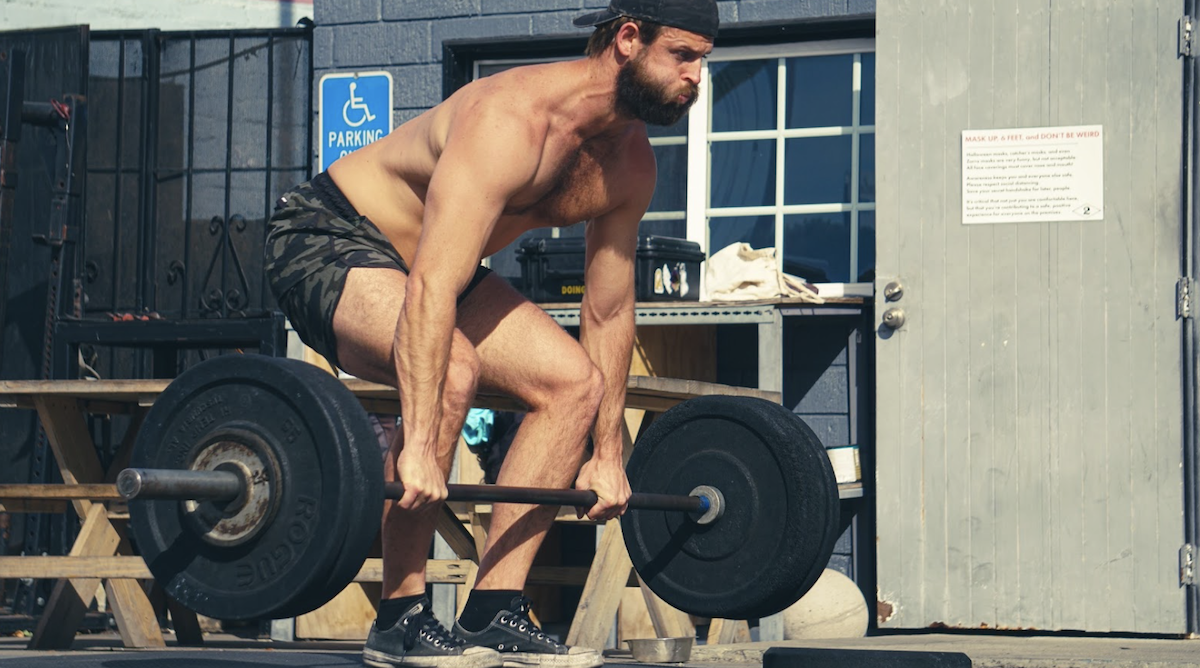
Whether you meditate or not is beside the point. If you are an avid meditator, however, you’re in luck because there are elements of the meditative process that have direct implications on leadership. Simply put, meditation does the thing that great leaders do.
Meditation is simply a practice of observation. While there are numerous styles of meditation, the participant often uses the breath, counting, visualization, or a word as an aide in the singular task of observation. The reason this is both challenging and beneficial for human beings is that we spend our lives looking through our own eyes immersed in our experiences as if they are the totality of reality. I hate to break it to you, but our experience of reality is a mere interpretation. Considering our brain takes in millions of bits of information from the external world each moment but only can process a handful, our interpretation isn’t even a good one to begin with. Add emotion to the mix and, well, we’re usually misguided with limited experience and heavily influenced by our ever-changing emotions.
Meditation, then, is a practice in dissociation. We observe ourselves in meditation as someone with thoughts and feelings coming and going. Meditation is simply a tool to get a better view of our reality from safer, higher ground.
EFFECTIVE LEADERSHIP HAS TWO SETS OF EYES
What does all this hocus pocus have to do with leadership, you ask? Well, Harvard University’s Ron Heifetz, the man responsible for the framework of adaptive vs. technical leadership that is so critical to the Hold the Standard™ ethos, says great leaders, like great athletes, must be able compete in the field of play and see the game as a whole simultaneously.
This supposes that there are two perspectives that great leaders toggle between to be effective. The first view is “in the fray” and is most common amongst leaders because it’s in this position that leaders have two feet on the ground, making moves. After all, most leaders have earned their position for a reason that is likely connected to their skills and their track record of real world action in those shoes. For great athletes, leaders, and even meditators this view isn’t the end all be all, however.
The other, more rare side of the leadership coin is what Heifetz calls the “balcony view”. It’s from this higher up, dissociated view that leaders can remove themselves from the fray and see with greater perspective the dynamics at play. This, like meditation, doesn’t just afford the space for clarity and more accurate information, but it provides a separation from the emotions that tug at us down on the dance floor so to speak, amongst the action.
HOW TO GUIDE: THE BALCONY VIEW
Taking on the balcony view perspective, not unlike the observer role in meditation, would have the ability to distance one’s sense from our biases, emotions of the moment, and personal narrative to consider the entire field of play. If floating your consciousness out of your body to higher ground sounds like an act of witch craft to you, you can toggle through some helpful thought experiments with the following questions:
- How does this scenario look and feel from the other(s) experience?
- If I was the other players on the team, what would my needs be individually?
- If the group had it’s own mind, what would it be feeling?
- If the group’s highest purpose had a voice, what would it be saying right now?
These questions remove you from your own, limited perspective. What is more is that the dissociative properties of both meditation and taking Heifetz’s “balcony view” have distinct developmental benefits. This move to get outside one’s self opens the observer up to blind spots unobservable from the dance floor and disconfirming information that is requisite for conscious capacity building evolution.
For leaders that not only need the best information to make the best decisions but need to evolve themselves and their organizations, this is invaluable. What does more evolution mean for a leader and his team? It means growing themselves into bigger boats to weather bigger storms and sail bigger seas.
Looking back, it seems like the mechanics of meditation have been showing us the way for thousands of years if we choose to pay attention. Get up to the balcony, leaders. You’ve likely done well on the dance floor, but it’s time to see more for your next move.
3/5/21 WOD
DEUCE ATHLETICS GPP
Complete three efforts of the following:
Max Distance Dbl KB Front Rack Carry
**5 Kettlebell RDLs every 10m
-Rest As Necessary-
Complete 4 rounds for reps of:
In :90..
60m Shuttle Run
6 Burpees
Max KB Swings (54/44)
DEUCE BACKLOT GPP
Complete 2 rounds for quality of:
15/15 Clamshell Bridges
8-12 Overhead Lunges (ea)
Then, complete 2 rounds for quality of:
10 1 1/4 Goblet Squat
5 Jump Squat
20 RDLs
Then, complete 2 rounds for reps of:
AMRAP 3
400m Run
Max Up Down
-Rest 3-
Then, complete the following for time:
75 DB Snatches
75 Over-the-DB Burpees
75 DB Snatches
DEUCE GARAGE GPP
Build to a heavy double Turkish get up (ea)..
Then, complete 3 rounds for quality of:
8 Lateral Hip Bridges + :30 Side Plank – Left
8 Lateral Hip Bridges + :30 Side Plank – Right
12 Weighted Overhead Sit Ups
Then, AMRAP 6
24 Double Unders
12 Slam Balls
6 Hang Cleans (135/95)
-Rest as Needed-
Then, complete the following for time:
[AMRAP 6 Score]

